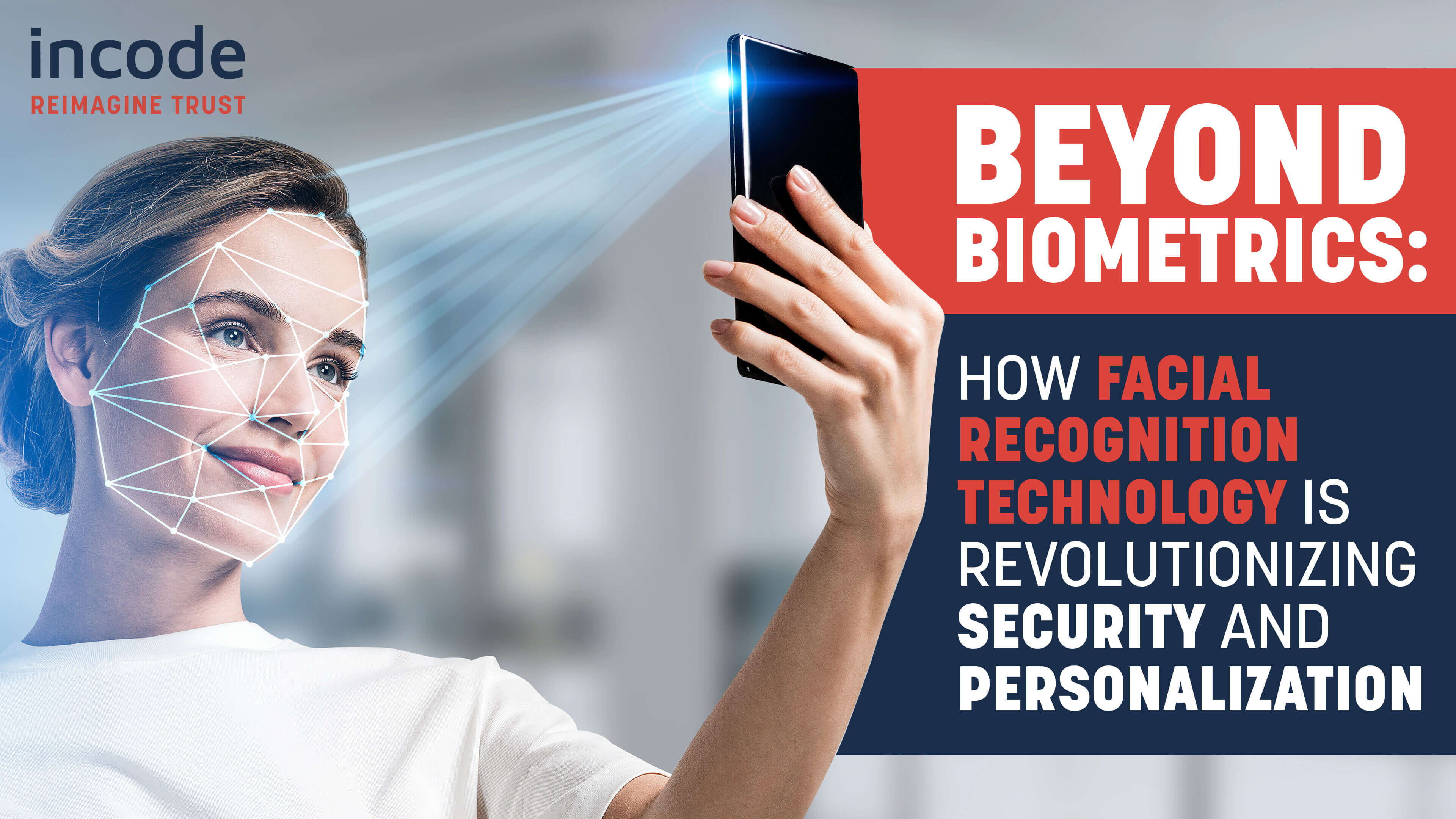Beyond Biometrics: How Facial Recognition Technology is Revolutionizing Security and Personalization
What does it take for a biometric authentication application to identify a particular human, consistently, before and after a haircut, when they’re displaying different facial expressions, under a variety of lighting conditions?
Facial verification technology is a sophisticated evolution of computer science and artificial intelligence (AI), and it’s a field that continues to evolve rapidly. The technical aspects of facial recognition are fascinating, and it can be enlightening to take a deeper dive into AI models, machine learning (ML) algorithms, human verification (liveness detection), neural networks, and the data sample size required for effective implementation.
Core Technologies in Facial Recognition
AI Models and Machine Learning
The power of face verification systems derives from advanced biometric AI models and ML algorithms. These systems utilize a subset of AI known as deep learning, particularly convolutional neural networks (CNNs), to process and analyze facial images.
- Convolutional Neural Networks (CNNs): CNNs are specialized deep learning algorithms used to process pixel data from images. In facial recognition, CNNs analyze facial features by applying filters to recognize patterns, textures, and shapes.
- Training the Models: Engineers train these models using vast datasets of facial images. The training process involves feeding these images into the network, allowing the model to learn and identify distinct facial features.
Live Detection and Anti-Spoofing
It’s not enough for identity verification software to find a match to a facial image. An image is just that, and it could well be just a picture held up to a webcam, which doesn’t verify the presence of the authorized user, it identifies the presence of their image. So it’s critical that such systems employ human verification – that is, they need the ability to differentiate a static image from the presence of a real person. A critical aspect of modern facial recognition systems is their ability to distinguish between a live person and a photograph or video. Human verification is the most useful of all biometric anti-spoofing tools.
- Techniques Used: Methods include analyzing the texture of the skin, detecting blinking or other subtle facial movements, and assessing the three-dimensional structure of the face.
- Depth Sensors: Some systems use infrared cameras and depth sensors to create a 3D map of the face, enhancing the system’s ability to detect liveness.
- Implementation: Until recently these capabilities were out of reach for most companies. Now, adopting the right best of breed identity platform, you’ll have access to its zero integration, no-code, low-code or full Biometric authentication API for integration across your enterprise.
These capabilities are also AI-driven, and the more extensive the data used to train them, the more rigorous and reliable their human verification capabilities are.
Neural Networks: The Backbone of Face Verification
Like many successful technologies, machine-learning engineers learn from and adapt the way nature does things to build similar functionality into machines. The heart of face verification technology lies in neural networks, specifically deep neural networks, which are designed to mimic the way the human brain operates.
- Layered Processing: Neural networks consist of layers of interconnected nodes (neurons). Each layer processes different aspects of the facial data, from basic features in the early layers to more complex patterns in deeper layers.
- Feature Extraction: Neural networks are adept at extracting and learning features from facial data, a process that involves identifying key facial landmarks and characteristics.
Sample Size and Data Diversity
The effectiveness of facial recognition, and biometric identity verification technology in general, depends heavily on the sample size and diversity of the data used for training.
- Large Datasets: For a neural network to accurately recognize faces, it must be trained on a large and diverse dataset that includes a wide range of facial features, expressions, and lighting conditions.
- Data Diversity: Ensuring the dataset is diverse in terms of ethnicity, age, gender, and facial alterations (like glasses or beards) is crucial for reducing bias and improving accuracy.
Conclusion
The technological intricacies of facial recognition are both complex and fascinating.
From the application of CNNs in analyzing facial features to the use of neural networks for deep learning and the critical role of large and diverse datasets, each component plays a pivotal role in the effectiveness of every facial recognition system. As this technology continues to evolve, its reliance on advanced AI, ML algorithms, and neural networks will only grow, paving the way for more accurate, efficient, and reliable facial recognition solutions for critical use cases in business, government, healthcare, financial services and industries of all kinds.
